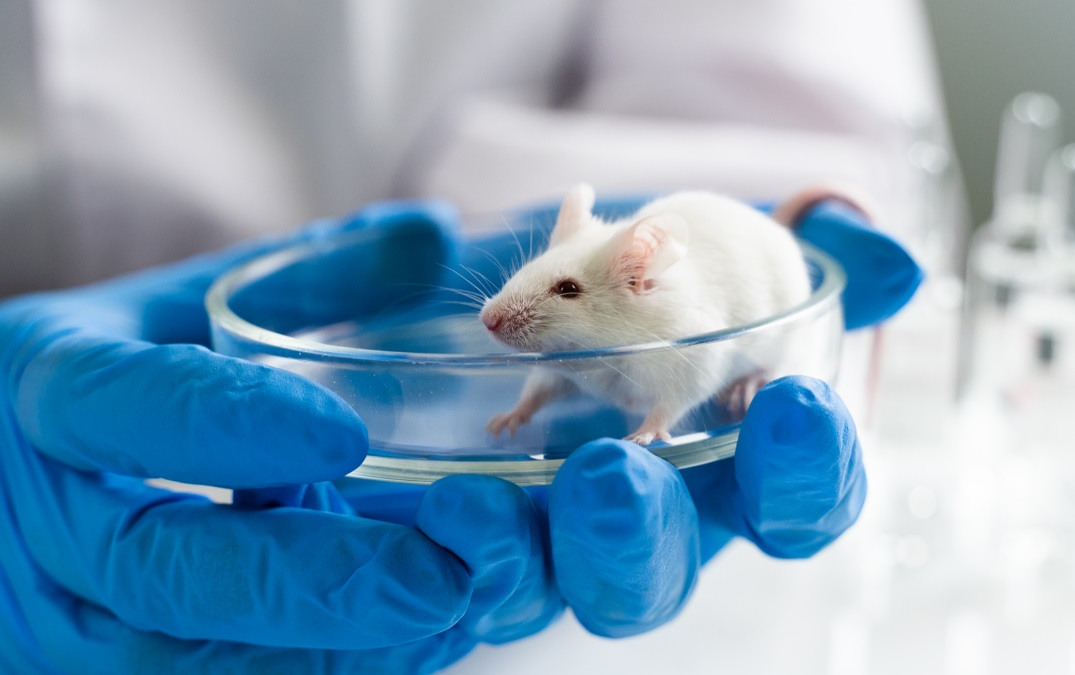Article
Male mice cells used to create eggs
Posted on the 13th March 2023

Hopes of male couples having their own children have been raised following ground-breaking genetics research in Japan.
Addressing the International Summit on Human Genome Editing at the Francis Crick Institute in London, Professor Katsuhiko Hayashi from Osaka University revealed that he had created eggs from the cells of male mice.
This research involved turning male XY sex chromosomes into female XX ones.
While the development could potentially raise the prospect of male couples eventually having their own children, Professor Hayashi told delegates that his work was still at a very early stage, emphasizing that the eggs produced were of low quality and could not be used safely on humans.
However, he added that these problems could be overcome within the next decade and that the process could well be made available as a fertility treatment for both male-female and same-sex couples if it is proven to be safe to use.
The technique involves first taking a skin cell from a male mouse and then turning it into a stem cell - a cell that can turn into other types of cell.
The cells are male and therefore have XY chromosomes. Prof Katsuhiko's team then delete the Y chromosome, duplicate the X chromosome, and stick the two Xs together. This adjustment allows the stem cell to be programmed to become an egg.
The technique could also potentially be used to help infertile couples where women are not able to produce their own eggs. He stressed though that it was a long way off from being available as a fertility treatment.
Meanwhile, there have been calls to ensure the LGBTQ+ community is properly consulted on the use of the technology for reproduction.
Prof Amander Clark, a stem cell scientist from the University of California, Los Angeles said:
"The LGBTQ+ community have unique needs when it comes to having a family. It may be possible in the future for same-sex reproduction based upon current research using laboratory models to develop the technology.
"However, today this technology is not available for human use, safety and efficacy has not been proven, and it is unclear how long the technology will take to get to the clinic.
“There is still much to learn about the human germ line and fundamental knowledge gaps serve as a barrier to translating this research to humans."

